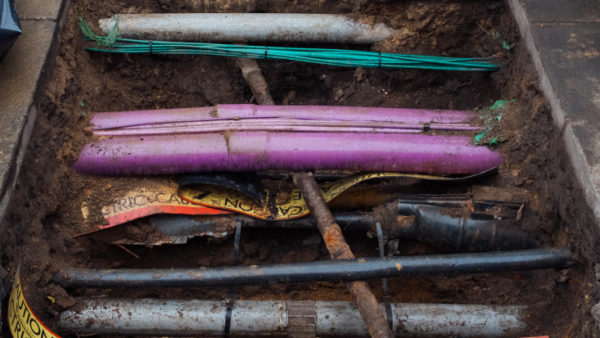
An energy and carbon reporting framework has been launched by the Construction Innovation Hub (the Hub) for Government Soft Landings (GSL) and other soft landings projects.
Assessing the performance of a building or other asset during procurement, design and construction is a challenge and operational energy use and emissions can come as a shock.
The Energy and Carbon Reporting Framework has been developed to analyse operational energy and emissions within a digital representation of a project, and applies to all construction, infrastructure and civil engineering projects where powered systems are used.
The guidance can be used with the Hub’s GSL frameworks and is part of a suite of digital tools providing insights into how buildings and infrastructure are driving efficiency, as well as helping to deliver the net zero carbon agenda.
The framework’s purpose is to enable information to be managed “transparently and clearly” so a record is kept of what and when decisions are made. This can be recorded on a free spreadsheet tool, where changes are captured individually alongside the energy saving or penalty, kilograms of carbon dioxide, and unit energy cost.
Reporting points are mapped against the gateways of the most common construction and infrastructure project frameworks including: the 2020 RIBA Plan of Work; the UK BIM Framework (formalised in BS 8536 Parts 1 and 2); and BSRIA BG6/2018 – A design Framework for Building Services.
While the framework – written by Dr Roderic Bunn and James Warne at WMEBoom – is aimed at soft landings projects, enabling corrective action or acceptance of energy penalties, it can also be applied to any project where energy and emissions need to be continually tracked.













